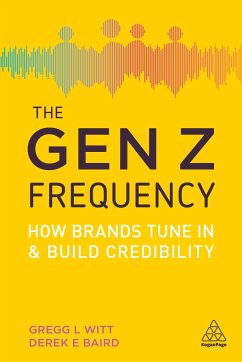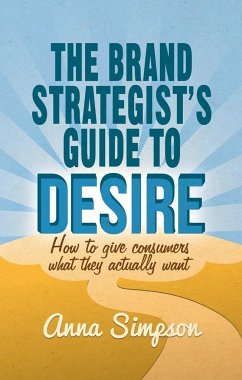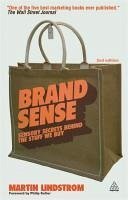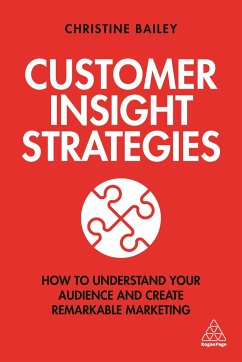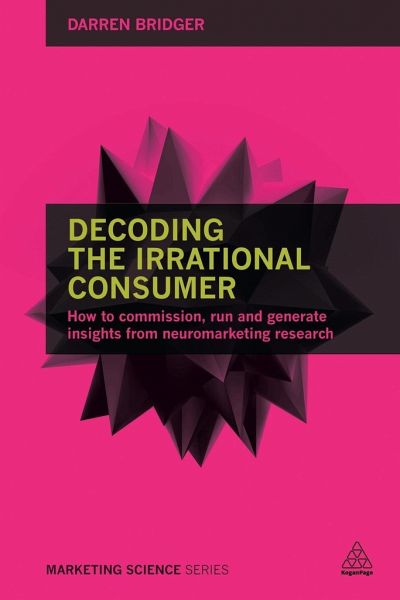
Decoding the Irrational Consumer
How to Commission, Run and Generate Insights from Neuromarketing Research
Versandkostenfrei!
Nicht lieferbar
New developments in the behavioral sciences have revealed that most people do not accurately self-report their motivations. It is now understood that decision making is driven by emotions and the subconscious, rather than by purely rational calculations. Asking direct questions, as the global marketing and advertising research industry has previously depended on, is no longer enough. Instead, the industry requires a new generation of research tools, such as: behavioral economics, eye-tracking, implicit response measures, and facial coding to find the truth behind what consumers are saying."Dec...
New developments in the behavioral sciences have revealed that most people do not accurately self-report their motivations. It is now understood that decision making is driven by emotions and the subconscious, rather than by purely rational calculations. Asking direct questions, as the global marketing and advertising research industry has previously depended on, is no longer enough. Instead, the industry requires a new generation of research tools, such as: behavioral economics, eye-tracking, implicit response measures, and facial coding to find the truth behind what consumers are saying."Decoding the Irrational Consumer" provides marketers and researchers with an overview of each of these new research tools and techniques, their individual strengths and weaknesses, and how they can be used to generate consumer insights. Chapter topics cover: key principles and applications, facial coding, heuristics, behavioral experiments, biometric data, prediction markets, creating smarter surveys, and how to combine techniques. An accompanying website will include interviews with industry leaders, example projects, and an annotated bibliography.





